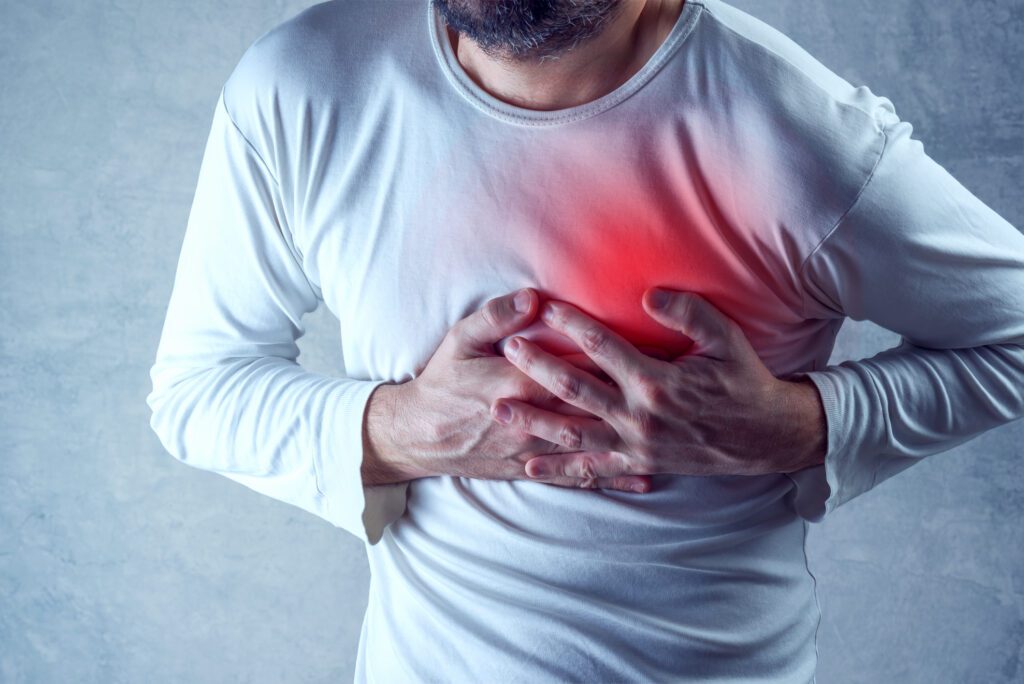
When Buffalo Bills safety Damar Hamlin fell to the ground unconscious on national television, it brought cardiac arrest into the spotlight.
How could that happen to someone so young? So fit and athletic? Sure, it’s a rarity in sports (more about that later), but a cardiac arrest is a medical emergency we should ALL be aware of.
Cardiac arrest occurs when your heart malfunctions and suddenly and unexpectedly stops pumping. When that happens, blood stops flowing to your brain and other vital organs.
The result?
Nine of out 10 people who suffer cardiac arrest away from a hospital die – often within minutes -according to the National Institutes of Health. As frightening as that may have been to see on an NFL field, cardiac arrest is a common cause of death. Cardiac arrests cause about 300,000 to 450,000 deaths in the U.S. each year.
Someone could be having cardiac arrest if they:
- Collapse suddenly and lose consciousness
- Are not breathing, or they’re gasping for air
- Don’t respond to shaking or shouting
- Don’t have a pulse

Most cases of cardiac arrest occur in homes and workplaces, where many of us spend the majority of our time. What should you do if faced with that situation?
- Call 9-1-1 immediately
- Begin CPR (cardiopulmonary resuscitation)
- Defibrillation, by using an AED (automatic external defibrillator)
Calling 9-1-1 is the important first step in potentially saving the person’s life. CPR and AEDs offer bystanders to provide treatment until the medical responders arrive.
Here are the steps to performing CPR:
- Push down hard and fast in the center of the chest at a rate of 100 to 120 pushes a minute.
- Let the chest come back up to its normal position after each push.
- The American Heart Association (AHA) recommends timing your pushes to the beat of the song “Stayin’ Alive.” This method of CPR is called “hands-only” and doesn’t involve breathing into the person’s mouth.
- Continue giving CPR until medical personnel arrives.
The healthcare professionals at StarMed Healthcare are here for any of your health needs. We’re open 365 days a year with walk-ins welcome. To find a location near you, visit starmed.care/locations/
